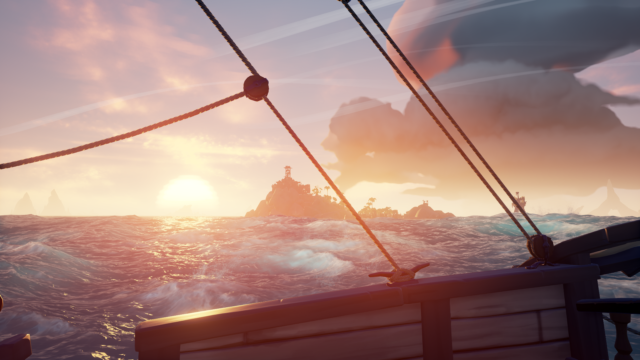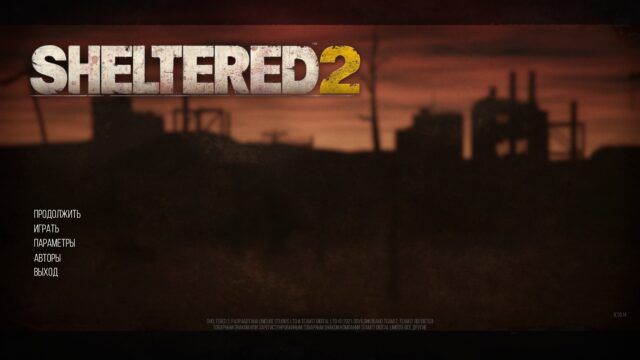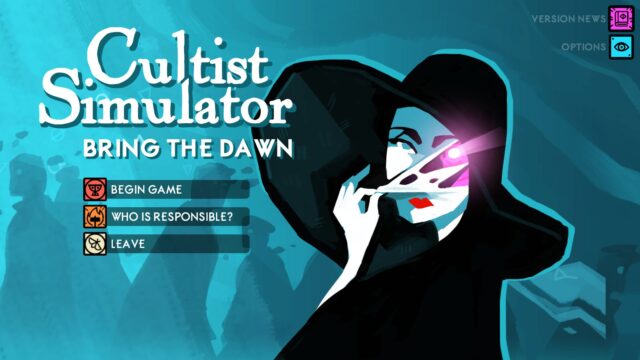Far Cry Primal Review
If you suddenly keep a list of phrases for which you would have been sent to a mental institution 10 years ago, be sure to include “Far Cry is a game about cavemen and mammoths” there. Yes, somewhere between “the seventh episode will be released before Half-Life 3” and “finally, the dollar has fallen to 68”. Because seriously, could anyone have thought that Ubisoft would move their definitely successful shooter to a historical setting where there is still nothing to shoot at?
And yet, here we are. Returning to the same game, but not at that time anymore.
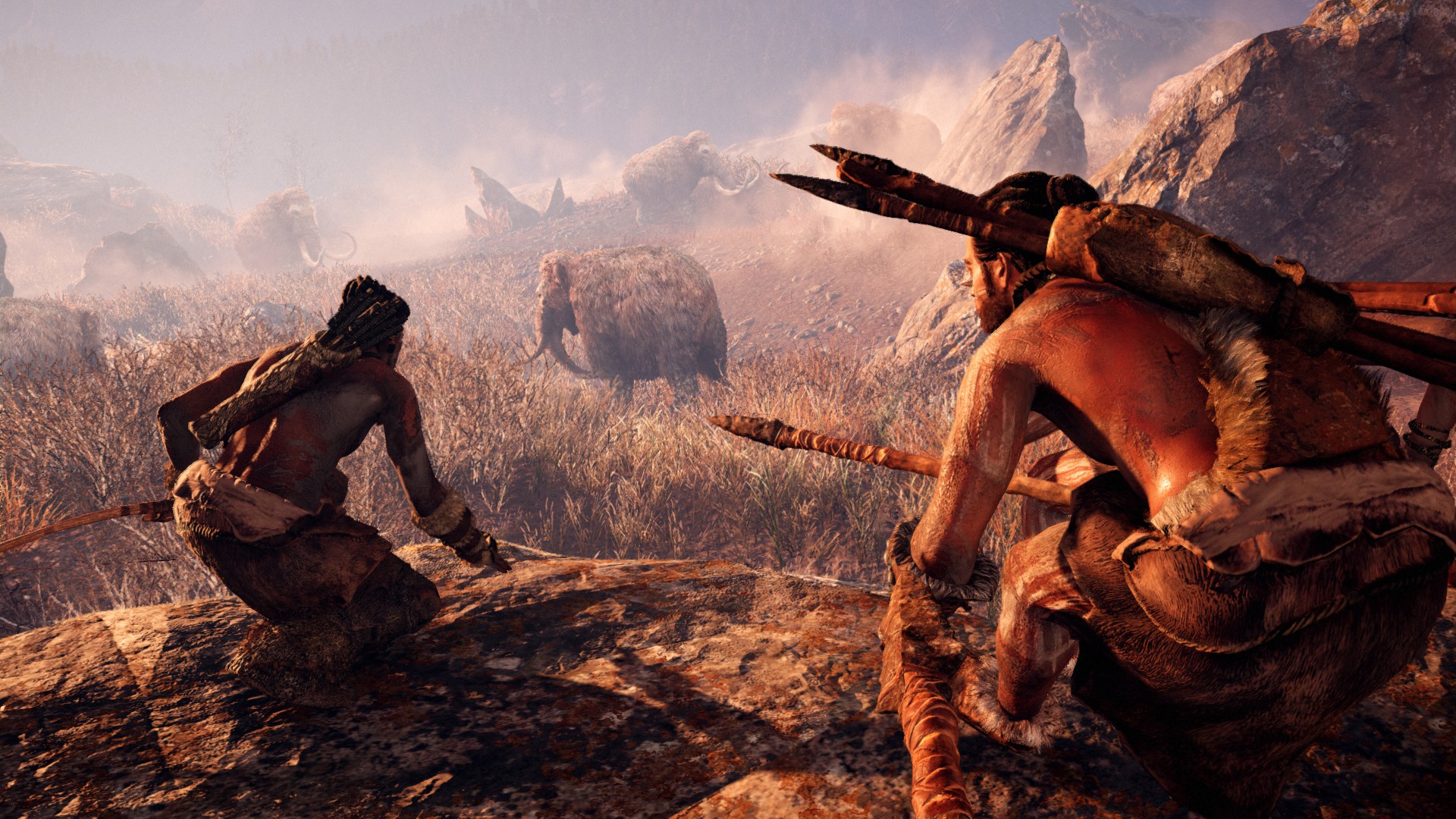
Although the reason this time is quite weak. There is the Wenja, a tribe of good people: someone wears a necklace made of human ears, someone relieves themselves on you and poisons you with narcotic potions – in general, these are your friends. And there are hostile peoples with deliberately square faces, who regularly come to throw bloody sticks at you and growl something threatening under the fence, which ultimately drives the villagers crazy, and they decide to fight back. More precisely, they decide to ask you, as the smartest and the leader, to go and commit genocide.
Actually, Far Cry Primal doesn’t tell much more than that. The plot is concentrated somewhere in the early episodes, where the player is quickly introduced to the situation, given initial motivation, and left alone, occasionally checking in through short videos. There are minimal interesting situations, no revelations or story development – only a static conflict, in which you are required to kill more enemies to become stronger and kill even more enemies. And you are allowed to do it exactly as you can imagine.
What’s even more disappointing is that the characters, with whom the previous games had no problems, have become spoiled. There are few characters, as usual, and although there are worthy ones among them, the overall impression of them is, well… terrible. They are not even stereotypical characters, but rather pale, characterless templates, devoid of charisma, life, relationships, and weight as such. This applies more to friendly characters – they mostly just sit in their places and interact with the player strictly one-on-one, trying to please them with idiotic antics and jumps before giving them another task like “fetch-bring-clear”. The villains are written slightly better, but compared to someone like Pagan Min, they look like flat little people from cave paintings and are barely memorable after completion.

The localizers didn’t have to try too hard.
As for the gameplay, no matter how you look at it, Primal can’t escape the obvious: it is too similar to its predecessor. It lacks jeeps, radio towers, outposts, and firearms, but there is an adequate equivalent for everything, allowing you to play the old scheme with almost no changes. However, some adjustments had to be made in favor of the setting, and thanks to them, the new game actually feels somewhat new.
First and foremost, it is worth noting that survival and exploration are now much more important than anything else. In a world where weapon stores and first aid kits have not yet been invented, you constantly have to scavenge for stones, herbs, and shrubs, gathering supplies for crafting, upgrades, and healing – there are no unnecessary items here. Hunting is also included: you can no longer ram bears with a rigged pickup, so obtaining the necessary skins and meat becomes a separate challenge, especially when it comes to rare animals. Without modern gadgets, hunters often become victims, you know.
However, opponents of open-world entertainment and resource gathering will find that sometimes you have to engage in these activities excessively and against your own pleasure. Many vital upgrades, including building in the infamous village, are very expensive and tend to push towards resource grinding.
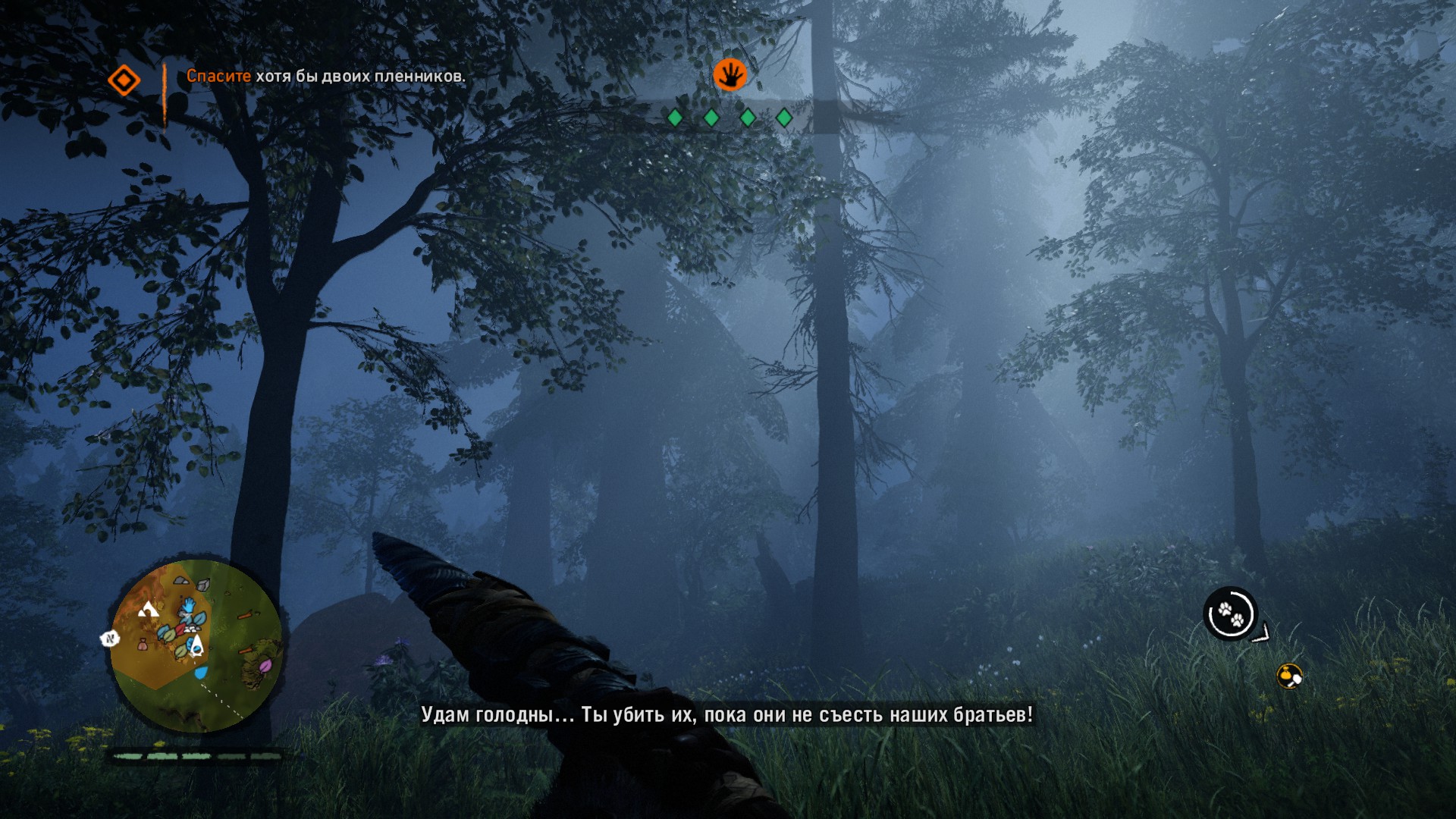
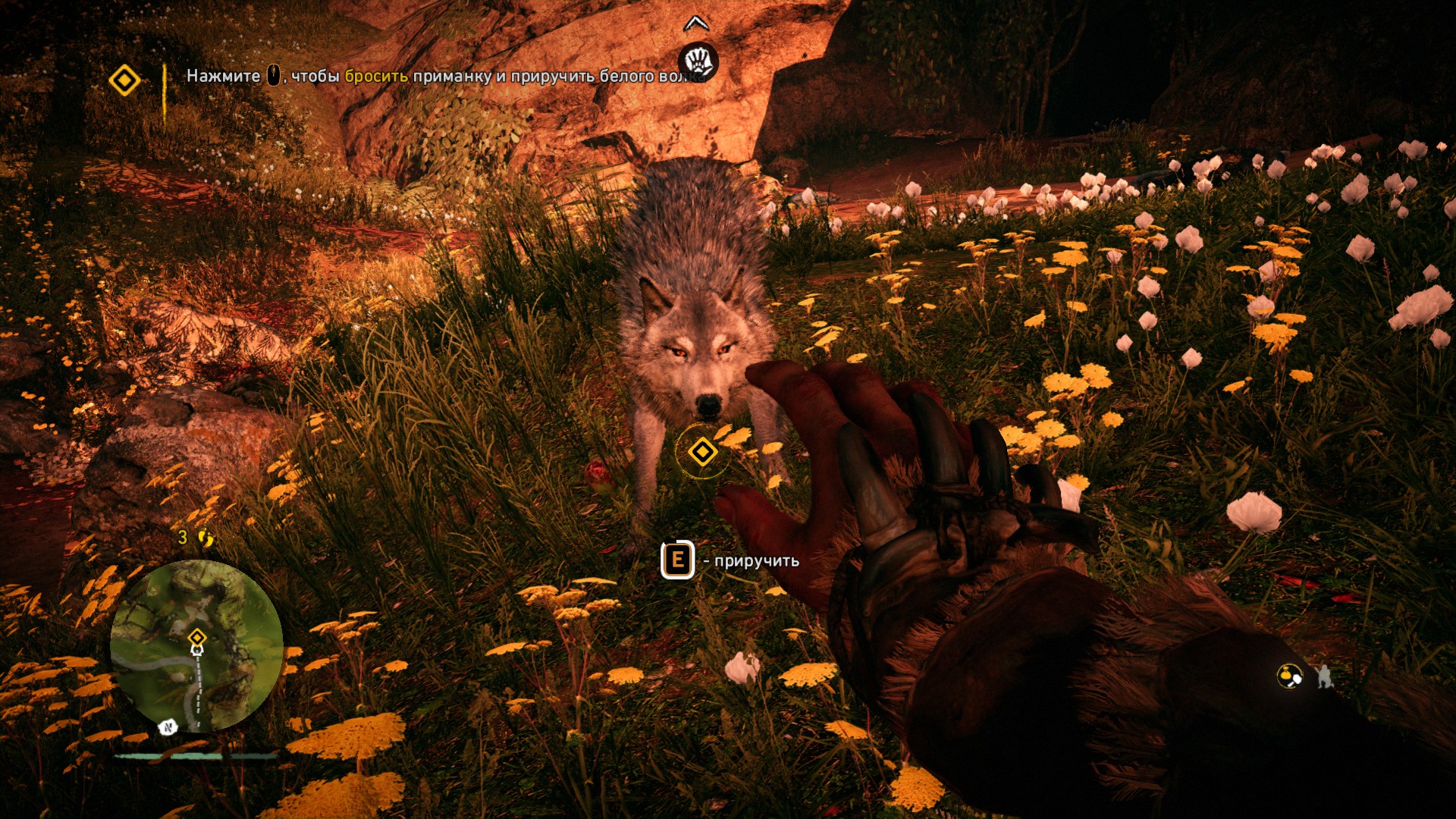
And such a side activity would be a burden if not for the amazing effect of unity with the sandbox. In the game, you just want to be there, walk through its vast and diverse spaces, escape from wild animals under the cover of night, and collect flowers for an upgraded sandwich. The simulation of fauna, which used to be just a fun addition, takes center stage here and draws the vulnerable player into the heart of natural life. Just don’t forget, as we advised back in 2014, to turn off the interface and raise the difficulty level – with the default settings, you won’t get even half of the emotions.
And overall, the Primal landscape is its main asset. Many have already demolished the new location, seeing in it a redesigned Kyrat, but in reality, there are no similarities. Urus is interesting, beautiful, and, of course, devilishly original, despite everything. At least, we don’t know any other sandboxes in similar settings.
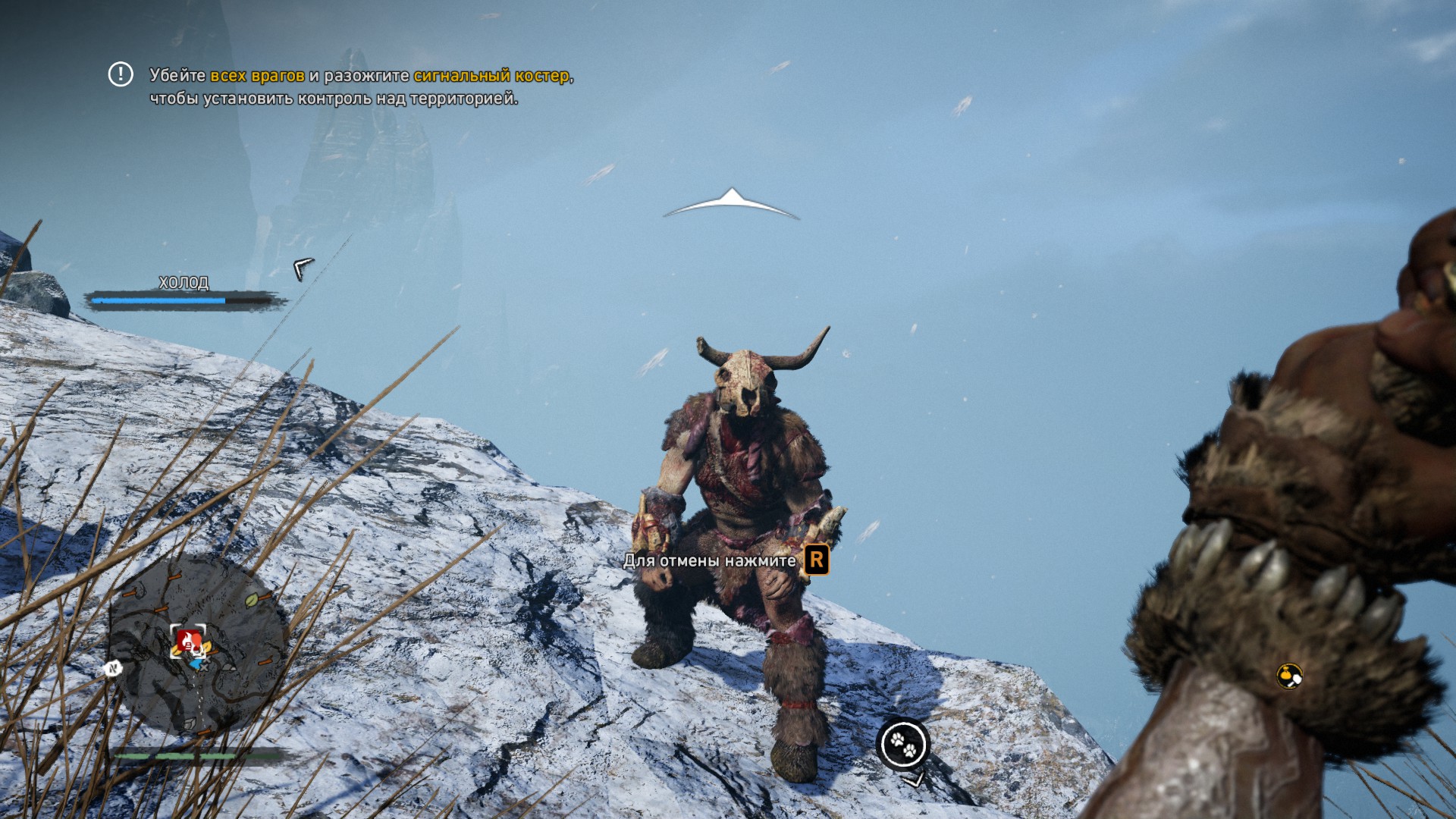
The changes in the combat system are no longer as promising. Without the perks of modern weaponry, battles have heavily shifted towards close combat, which, on one hand, has had a positive impact on the pace and complexity of the action – reacting quickly to club-wielding savages is necessary, and it is desirable to choose a position with the possibility of retreat.
On the other hand, the game feels exactly like a cut-down version. Far Cry 4 mechanics clearly implies the presence of something firearms-related and is not at all ready to operate with a primitive arsenal, which is why every battle sooner or later turns into a repetition of two types of attacks, which is critical in conditions of limited weapon choices. This is perhaps the only element that truly needed a radical overhaul. Developers should take a look at something useful from “Skyrim” or even from the ancient Dark Messiah of Might & Magic, as combat could significantly increase the replayability of the project as a whole.
The weak artificial intelligence, for which the time jump apparently proved to be too strong of a shock, only makes things worse. When enemies don’t get stuck on ledges, don’t climb roots for no apparent reason, don’t forget to die, and don’t freeze completely, they stupidly chase after the protagonist and attack without any hint of coordinated actions. We all understand that it’s the Stone Age, Homo is not quite Sapiens yet, but somehow it’s wrong.

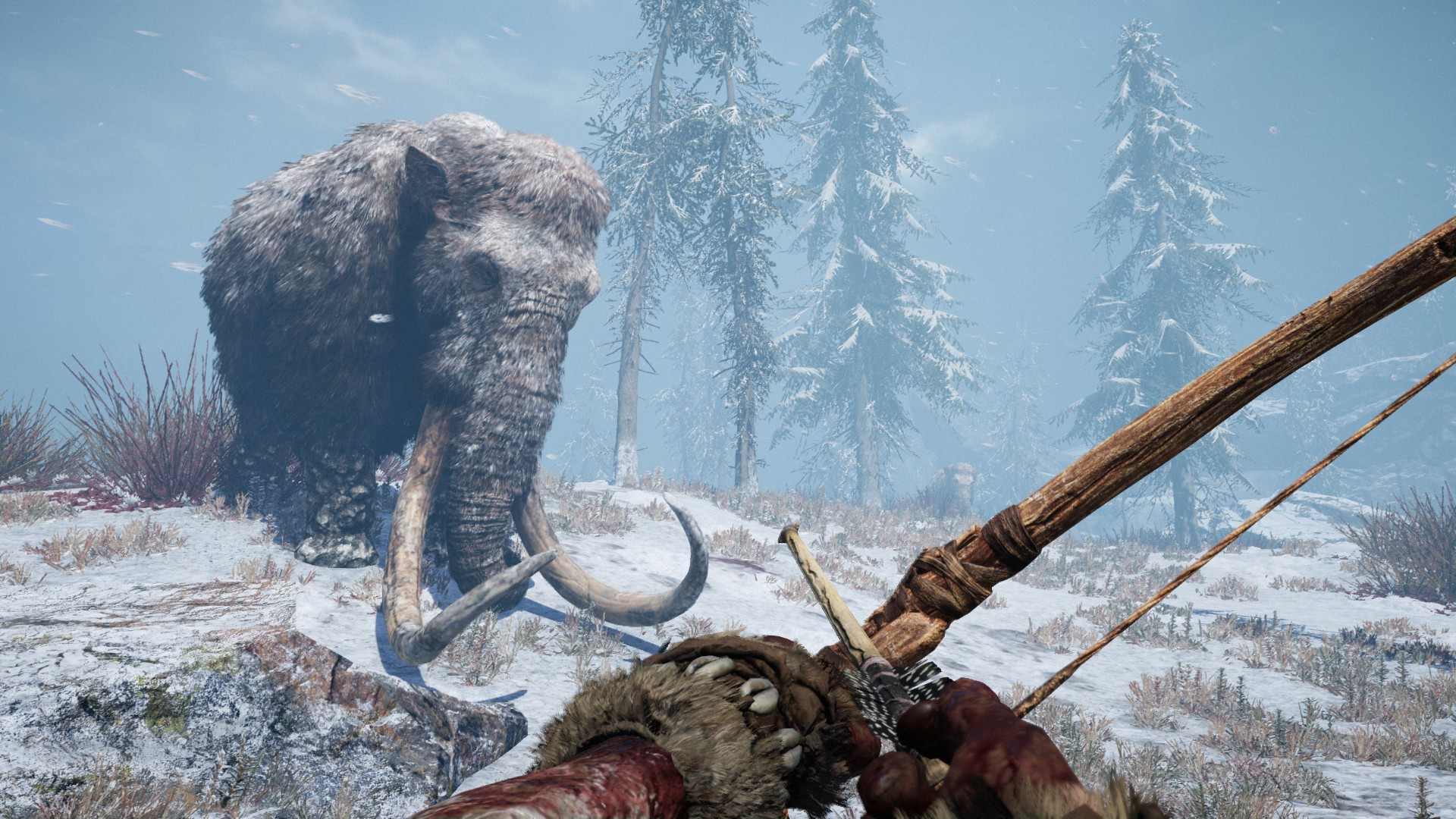
We do not recommend walking on snowdrifts without a hat and warm clothing.
By the way, do you remember how difficult it was to decide what to fill your pockets with before raiding the next outpost? In Primal, there is no such problem because the main character can carry everything at once: four types of clubs (two of each), three bows, a spear, and a local equivalent of grenades – bee bombs that turn enemies into distant ancestors of Nicolas Cage Moreover, now you can comfortably throw around expensive spears and craft a couple more on the go under your loincloth. It’s hard to say why they did it, but in terms of difficulty, especially in the later stages, it is noticeably challenging.
The most interesting innovation in the combat system is the introduction of companions. Since humanoid NPCs are terribly busy sitting on their asses in their huts, you have to choose companions among animals: wolves, saber-toothed tigers, cave lions, bears – you can tame any of them and take them on a mission with you. Pets are controlled with just a couple of buttons, but they provide significant help, driving away small predators, distracting attention in stealth, and gnawing away at unwanted enemies in battle. It’s not a groundbreaking gameplay feature, but there haven’t been any decent partners in Far Cry since the second installment, so running side by side with a furry comrade looks fresh and adds a certain amount of variety to the proceedings. And who wouldn’t want the opportunity to ride a personal mammoth? Knocking down flimsy huts with the tusks of panicked cannibals – that’s quite a spectacle.
In the rest, there’s not much to say. If you’ve seen Far Cry before Primal, then you know perfectly well what it’s like. If not, then you know perfectly well what to expect from Ubisoft games, don’t you? Territory capture, base expansion, lots of random activities on the map, leveling up with a million passive and active skills – the basic gears haven’t gone anywhere and are in the same places, just in a different shell. And where there is repetition of what has been done before, there is also the insane hatred of the masses, convinced that they are simply being drained of money.
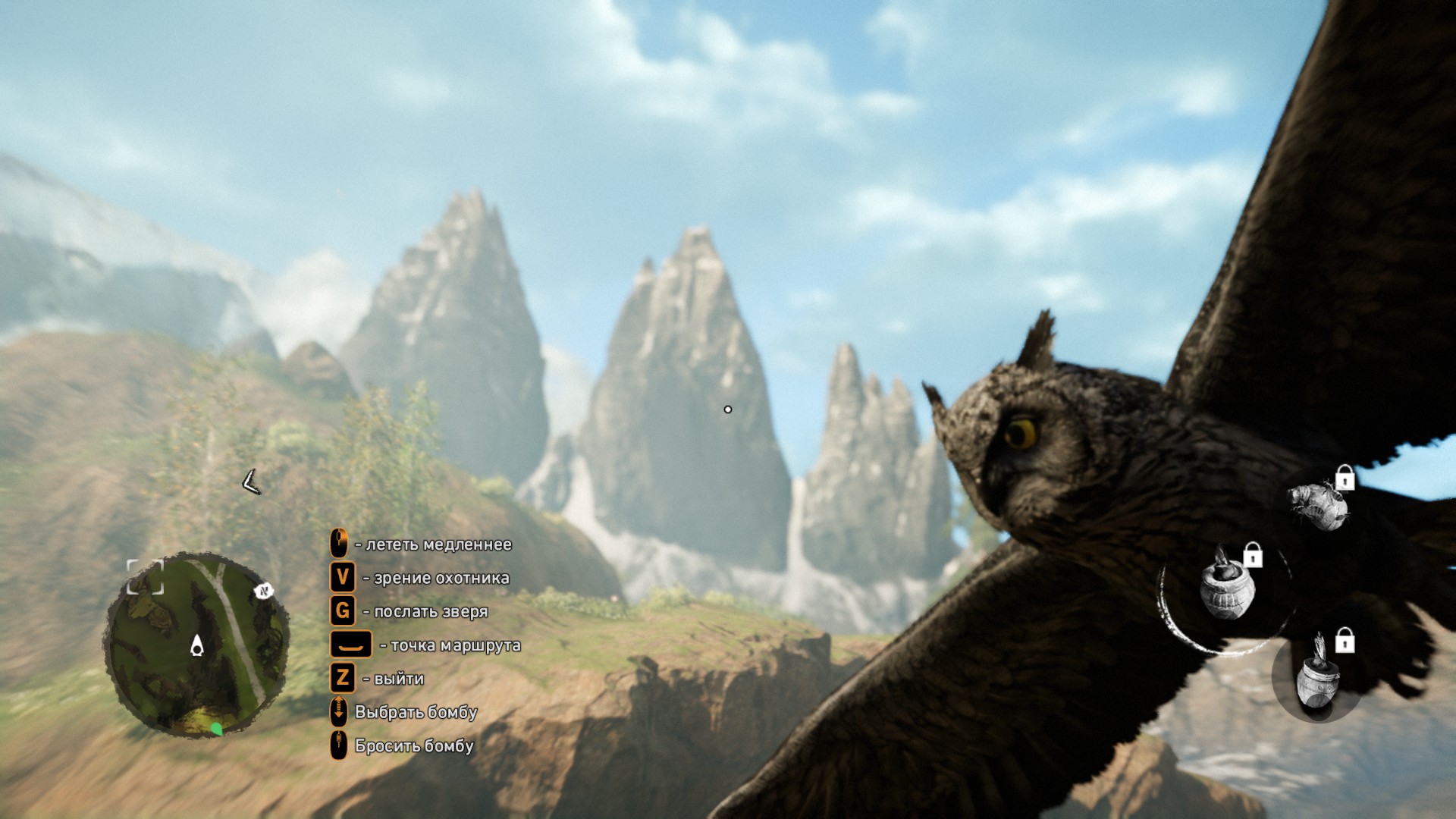
In the air, with your eyes, ears, and personal bomber, there will be a radio-controlled owl.
“Two thousand for an add-on? No way!” – this is probably the most popular comment when discussing Far Cry Primal. The game indeed does not look independent and relies too much on the series’ legacy, but it would be foolish to refuse such a significant and impressive experiment. The creators have actually accomplished a feat, spending so much time on abstract “what if…” scenarios, even though they could have made Far Cry 5 in some desert and easily made money from it. The only thing missing for unconditional success here is bold gameplay that matches the bold setting.
But for now, successful recycling of old ideas nicely replaces innovation in Primal and prevents it from being outright criticized. Yes, there have been similar things before. Yes, there are some questionable mechanics. So what? Familiar toys that were collecting dust on the shelf have become interesting and important for the process, presenting it from a different angle. After all, it seems like the same “Far Cry” on the screen, but the rules constantly shift, natural dangers push for a change in playstyle, and the survival aspect shines like never before. So is it worth actively searching for signs of a conveyor belt if the game leaves a different impression? Common sense suggests no.
In general, this is practically a clone of the fourth installment with a few significant caveats, and not that it’s necessarily a bad thing. It plays relatively smoothly, and the sharp lack of innovation and a quality storyline is compensated (though not fully) by the captivating world in an unexpected setting. But if in a year and a half Ubisoft wants to release a Far Cry game about the Mayan civilization, they will have to seriously consider the mechanics – another similar trick is unlikely to please us.
Share
Discuss
More Reviews
